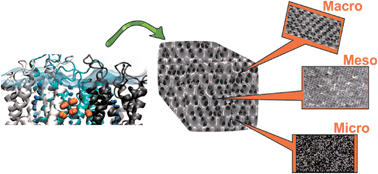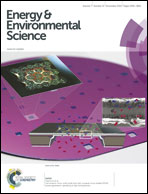Hierarchically porous carbon derived from polymers and biomass: effect of interconnected pores on energy applications
Abstract
Hierarchically porous carbons (HPCs) with 1D to 3D network are attracting vast interest due to their potential technological application profile ranging from electrochemical capacitors, lithium ion batteries, solar cells, hydrogen storage systems, photonic material, fuel cells, sorbent for toxic gas separation and so on. Natural raw-materials such as biomass-biopolymer derived hierarchical nanostructured carbons are especially attractive for their uniform pore dimensions which can be adjustable over a wide range of length scales. Good electrical conductivity, high surface area, and excellent chemical stability are unique physicochemical properties which are responsible for micro/nanostructured porous carbon to be highly trusted candidate for emerging nanotechnologies. This review focuses on the ‘out-of-the-box’ synthetic techniques capable of deriving HPC with superior application profiles. The article presents the promising scope of accessing HPCs from (1) hard-templating, soft-templating, and non-templating routes, (2) biopolymers with a major focus on non-templating strategies. Subsequently, emerging strategies of hetero-atom doping in porous carbon nanostructures are discussed. The review will highlight the contribution of synergistic effect of macro–meso–micropores on a range of emerging applications such as CO2 capture, carbon photonic crystal sensors, Li–S batteries, and supercapacitor. Mechanism of ion transport and buffering, electrical double layer enhancement have been discussed in the context of pore structure and shapes. We will also show the differences of HPC and ordered mesoporous carbon (OMC) in terms of their synthesis strategies and choices of template for self-assembly. How the remarkable mechanical strength of the HPCs can be achieved by selecting self-assembling template, whereas collapse of mesostructure via decomposition of framework occurs due to poor thermal stability or high N-content of the carbon source will be discussed.


 Please wait while we load your content...
Please wait while we load your content...